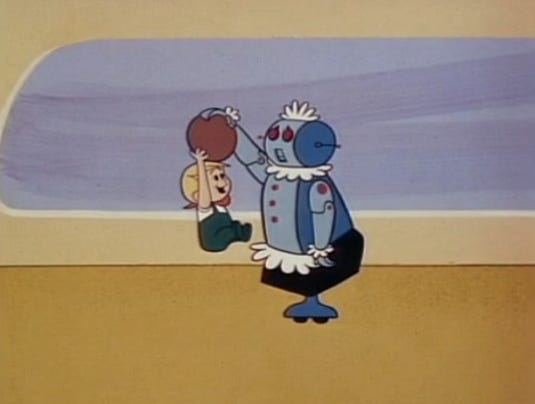STUPIDITY & TECHNOLOGY

Is information technology making us stupid? As we rely more and more on mobile phones, tablets, and video streaming devices, are we thinking less? Are we less aware of our surroundings?
If we can believe a poll commissioned by WGBH Boston, stupidity may indeed be advancing as technology advances. The poll, with 622 adults participating, was conducted in late March. Nearly half- 49%- of those surveyed said that technological development fosters stupidity; 46% said it makes us smarter. Only 51% of Americans said the benefits outweigh the risks.
Younger respondents were more likely to link technological advance with stupidity. Millennials and Generation X (53% of each) were more likely than their elders to link technology with stupidity. Just 38% of those born before 1946 did so. Dr. Lee M Meringoff heads the Marist College Institute for Public Opinion, which conducted the WGBH poll. Meringoff said, “If you think young people are all in for technological revolution, think again. This national survey shows surprising differences among generations and their appreciation for innovation.”
Nearly three Americans out of four said technology improves education. A narrow majority (54%) said it makes us more productive. However, 71% said it makes us less human. And 54% said it undermines relationships with friends and family.
Our own view is that technology doesn’t have to make us stupid. Certainly it can tempt us to mire ourselves in trivia. We can waste our time on porn, cat videos, and interactive games. Social media can encourage vanity, and we all know people who text while driving or walking. Some people seem to be wholly unaware that a world exists outside of their electronic devices.
Our parents and our grandparents warned us about TV and radio, citing most of the same concerns, but most of us managed to lead normal and productive lives anyway. If we are wise, we will use information technology to inform ourselves and enhance our productivity. We don’t have to be oblivious to our surroundings. Our machines don’t have to rule us.
(To get the most out of information technology, you need a reliable internet connection. Is yours adequate? If it isn’t, talk to us. We can help.)










